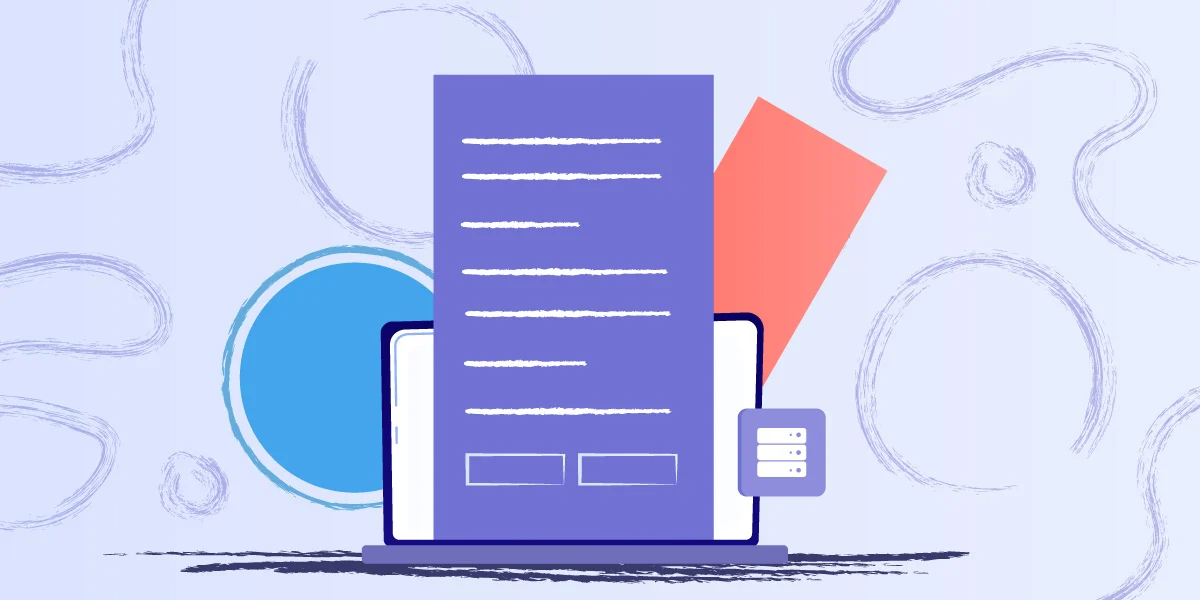Do you feel like a mess of numbers and subnet masks when you hear someone start talking about IP addresses? This is normal. Mastering IP Subnetting is no joke but don’t despair: this ultimate subnetting cheat sheet will make the process less of a daunting mystery! You’ll learn how to identify and identify subnets with this simple guide. All network administrators, whether they are experienced or just starting out in networking, must be aware of the fundamentals of IP address.

Subnetting IP, which allows IT professionals and network administrators to maximize and manage network resources efficiently is a crucial capability. We’ve created an ultimate cheat-sheet that can assist you to understand the intricacy of subnetting. This comprehensive guide is a fantastic resource for anyone who wants to gain more knowledge about IP subnetting.
I. Understanding IP subnetting:
IP subnetting involves the division of the large network into smaller subnetworks (or subnets) in order to enhance network performance and control IP addresses. It is the process of creating subnetworks that are logically separated within a larger network and assigning unique IP addresses for each subnet. This allows for efficient data routing as well as increases security.
II. Subnetting cheat sheet is essential:
A cheat sheet for subnetting is an invaluable instrument for administrators. Subnetting cheat sheets are a quick reference with essential formulas, rules for subnetting and methods. It makes subnetting more accurate and efficient. An cheat sheet is useful for calculating subnet masks and finding host and network areas. It also ensures precision.
III. IP Subnet Cheat Sheet: The most important elements
1. Subnet Mask Subnet Mask: The subnet mask is used to determine the network portion as well as the host portion of an IP address. This cheat sheet offers quick to find out the subnet mask by looking to the number of bits within the network.
2. Network Address: This is the address that is used to identify an initial subnet. It’s used to identify the subnet of the larger network.
3. Broadcast Address (also known as the broadcast address) It is the most high-level of addresses in subnets. It’s utilized to communicate information to all devices connected to the subnet.
4. Host Range This host range consists of every valid IP address that can be assigned to devices in the subnet, but not the broadcast and network addresses.
5. CIDR Notation: Classless inter-Domain Routing (CIDR) notation identifies subnet masks using slash notation (/) followed by the number of bits in the network. To aid in quick reference the cheat sheet has an example of a conversion chart.
IV. How to subnet successfully:
1. Subnetting by hand: The cheatsheet subnet gives step-by-step instructions to subnetting. It doesn’t require calculators, or any software for subnetting. Understanding the basic concepts will allow you to face subnetting difficulties confidently.
2. Variable length subnet masking (VLSM). This allows multiple subnets of different sizes to be allocated within one network. The cheat sheet subnet gives guidance on how to use VLSM efficiently in order to maximize the assignment of IP addresses.
3. Binary to Decimal Conversion: Understanding binary-to decimal conversion is vital to subnetting. This cheat sheet contains the conversion chart along with suggestions to help convert binary numbers to decimal.
4. The Subnetting Quick Referencing Chart is an illustration of the number network bits to corresponding subnet masks as well as the number and number of subnets.
5. Subnetting Examples: The cheat sheet offers concrete examples and samples of subnetting issues, allowing you to practice your skills and strengthen your knowledge.
V. The advantages of subnetting with a cheat sheet:
1. Saving time Subnetting cheatsheets help you to perform calculations accurately and efficiently, thereby saving valuable time while doing admin tasks on your network.
2. Accuracy and efficiency: The cheatsheet functions as a guideline that can be relied upon to minimize the chance of errors in subnetting calculation and to ensure the efficient use of networks resources.
3. Learning Aid: The cheat sheet acts as a learning aid helping you to grasp subnetting principles and techniques more effectively. This cheat sheet can help you better understand subnetting concepts and help you feel confident using it.
IT professionals who have an in-depth knowledge of IP subnetting are able to configure networks without difficulty and manage IP networks with ease. After utilizing the ultimate cheat sheet for networking, you should have gained key insights into how to set up and manage subnets as needed. Although IP subnetting doesn’t require a thorough understanding of network concepts, studying the basics is essential in order to gain a better understanding of this powerful tool that a lot of IT experts use nowadays. Like all IT expertise, repetition is the key to becoming perfect. Learn the IP Subnetting cheat sheet frequently to strengthen your skills. Best of luck!
